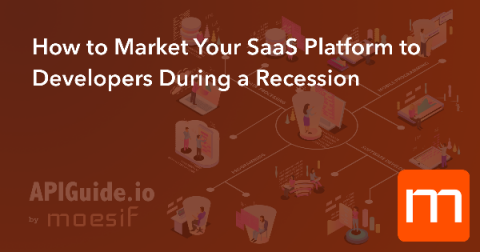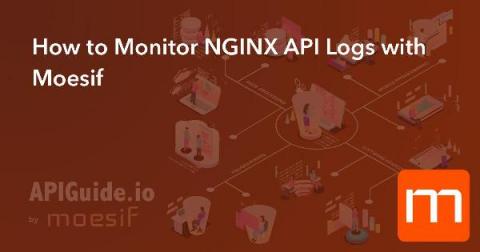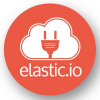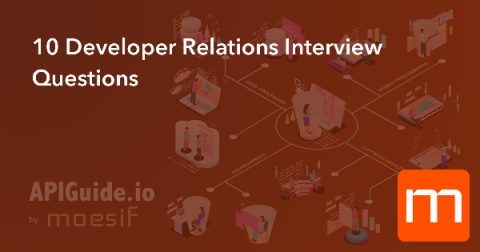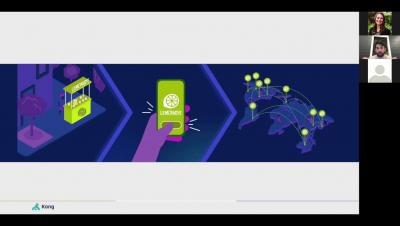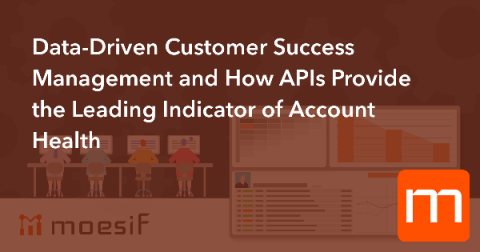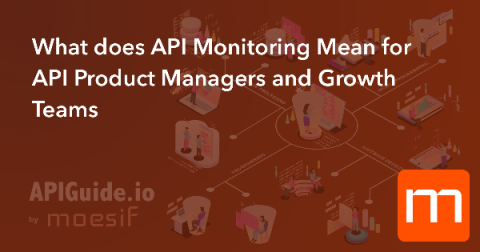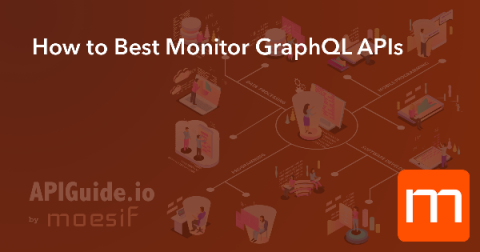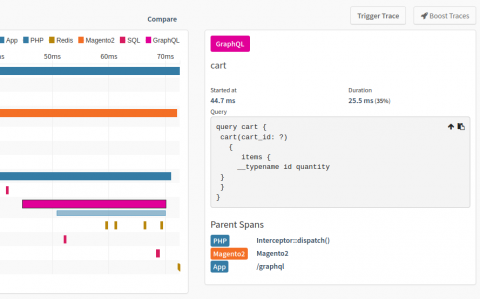Systems | Development | Analytics | API | Testing
March 2020
Global supply chains: How Maersk is connecting & simplifying the world's movement of trade with APIs
Kong for Kubernetes 0.8 Released!
Kong for Kubernetes is a Kubernetes Ingress Controller based on the Kong Gateway open source project. Kong for K8s is fully Kubernetes-native and provides enhanced API management capabilities. From an architectural perspective, Kong for K8s consists of two parts: A Kubernetes controller, which manages the state of Kong for K8S ingress configuration, and the Kong Gateway, which processes and manages incoming API requests.
Protect Your Applications With Cleafy Plugin for Kong
When protecting your online services, the weakest link is represented by the endpoints – that is, by the end-user devices running web or mobile applications or by external systems leveraging open APIs. As a matter of fact, there is a growing number of targeted attacks leveraging sophisticated techniques such as malicious web injections, mobile overlay and API abuse attacks to perform identity hijacking, account takeover, transaction tampering and payment frauds.
How to Measure Developer Acquisition with API Analytics and UTM Parameters
When building businesses it’s of paramount importance to measure what’s working and what’s not. This is especially true for companies that are API-first. Moesif API Analytics allows merging the business and technical perspectives, so as to present a complete picture of the operating environment.
How to Use gRPC in Elixir
In today’s post, we’ll learn what gRPC is, when you should reach for such a tool, and some of the pros and cons of using it. After going over an introduction of gRPC, we’ll dive right into a sample application where we’ll build an Elixir backend API powered by gRPC. Let’s jump right in!
Exposing Kuma Service Mesh Using Kong API Gateway
In his most recent blog post, Marco Palladino, our CTO and co-founder, went over the difference between API gateways and service mesh. I highly recommend reading his blog post to see how API management and service mesh are complementary patterns for different use cases, but to summarize in his words, “an API gateway and service mesh will be used simultaneously.” We maintain two open source projects that work flawlessly together to cover all the use cases you may encounter.
How to Market Your SaaS Platform to Developers During a Recession
With the recent downturn on public stock markets due to COVID-19, a recession or depression is almost inevitable. It’s likely we see mass failures across retail, travel, entertainment, and other industry sectors. The spillover from coronavirus disease and the following shelter-in-place can have drastic consequences in the startup world.
Inside the API Product Mindset
How to Secure APIs and Services Using OpenID Connect
A modern API gateway like Kong enables organizations to achieve some use cases much more easily than traditional gateways. The reason is older, traditional gateways try to provide as many features as possible into a heavyweight monolith, while modern solutions use a best-in-breed approach. These traditional solutions not only try to be a gateway, but they also try to be a business intelligence system, a central logging hub, a monitoring tool and so much more.
What are Micro Apps on iOS?
What is Developer Relations and What are Common Roles?
Developer Relations is not simply a role or department at API-first companies. Developer relations is a mindset of getting developers adopt a platform and making them successful with their initiatives rather than attempting to sell to those developers. This makes developer relations different from traditional sales and marketing roles.
How to Monitor NGINX API Logs with Moesif
With increasing popularity among API Gateways, which provides authentication, rate-limiting and access control between applications that expose their APIs and the consumer of the APIs are the bedrock of API infrastructure. Simple architecture which bundles API related functionality inside a single component provides load balancing, caching and ability to scale to ensure high availability.
How EBSCO delivers dynamic research services with Apigee
For more than 70 years, EBSCO has supported research at private and public institutions, including libraries, universities, hospitals, and government organizations. One of the reasons that customers have continued to rely upon us over the decades is because we actively innovate and adapt new technologies to give customers access to the growing pool of digital resources in the information age.
Shadow IT Risks: DIY Integration Marketplace as a Cure Against Them
System Integrators Can Expand Revenue Streams Through Standardization
Data Integration Best Practices
API Analytics: The Ultimate Guide to Grow Your Platform Business
10 Developer Relations Interview Questions
More and more companies are shifting from a traditional enterprise sales mindset to a developer-first mindset for driving product adoption. Sales calls and demos will not work as developers do not want to be sold to. Instead, the platform needs to be adopted similar to how consumers may adopt a mobile game or e-commerce app. Yet, developers are also less receptive to facebook ads that may have worked for those games and e-commerce apps.
Self-Service Custom API Dashboards Allow You to Easily Track and Share Key API Metrics
Last month we released our new dashboards feature. Now’s a good time to drive your story with a dashboard of your own. Easily create with drag-and-drop - Clearly illustrate key metrics - Securely share between teams and partners
Intro to Kuma: A Guide to Modernizing Your Mesh
Supporting Legacy Web Services With Kong
Let’s admit it – web services (SOAP) are here to stay for a few more years, and maybe for a long time in some places where there is no business incentive to rebuild them. However, with a decline in new SOAP web services and most applications moving to cloud native architectures, a common query is “how can we support legacy services while moving to microservices?”
Vodafone TOBi Hackathon - A Winning Experience for All
It has been a week since several of our mVISE and elastic.io developers attended the Vodafone TOBi Hackathon at the Vodafone Sky Lounge in Düsseldorf. Some of them were in the 3rd place team and all contributed greatly to the future success of the TOBi Chatbot. Teams formed, ideas flowed, problems were overcome, and the air was filled with the sounds of developer’s keystrokes!
Data-Driven Customer Success Management and How APIs Provide the Leading Indicator of Account Health
By employing API analytics platforms Customer Success Management (CSM) teams can proactively help customers reach their goals, which in turn encourages them to renew their subscription and upgrade their contract. Getting your customers to love you is snap with customer-centric API analytics: integrations will happen faster, support will be more on-point and you’ll be set-up to provide real ongoing value.
What does API Monitoring Mean for API Product Managers and Growth Teams
Today, countless engineering teams have leveraged API monitoring to track infrastructure health and report when services are down or unhealthy. There are a variety of API metrics that can be tracked that are aligned with engineering goals such as uptime, average latency, requests per minute, and errors per minute. However, these metrics are not aligned with the business goals of product owners and growth teams.
What Are Microservices? What You Need to Know
Kuma 0.4 Released With L7 Tracing + Grafana Dashboards!
We are happy to announce the release of Kuma 0.4! This is a major release focused on significantly better observability capabilities that also includes many new features and improvements across the board. This release also marks the 10th release of Kuma since September 2019!
How to Best Monitor GraphQL APIs
Since its release in 2015, GraphQL has become the alternative to REST. It gives frontend developers the flexibility they craved for so long. Over are the days of begging backend developers for one-purpose-endpoints. Now a query can define all the data that is needed and request it in one go, cutting latency down by quite a bit, at least in theory. With REST, things were entirely a bit simpler — especially monitoring.
New Feature: Support for GraphQL Queries in Timeline Profiler
We have just released the PHP Extension version 5.0.62 which includes a new feature, instrumentation for GraphQL queries made using the webonyx/graphql-php package, the most widespread GraphQL server package for PHP, for example by Magento 2.










